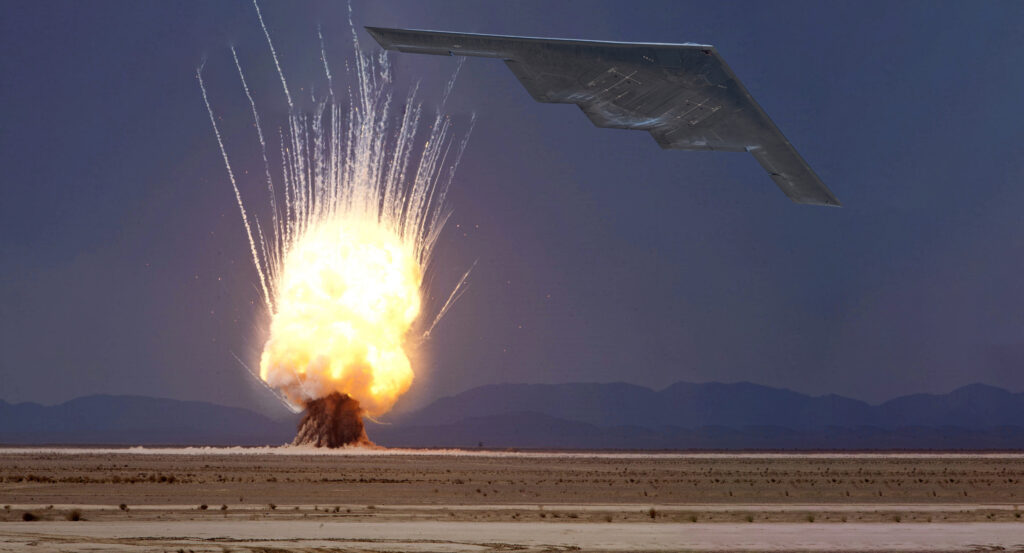UNREALISTIC WAR MOVIES THAT STILL NAIL MILITARY LIFE
- By Alex Hollings
Share This Article
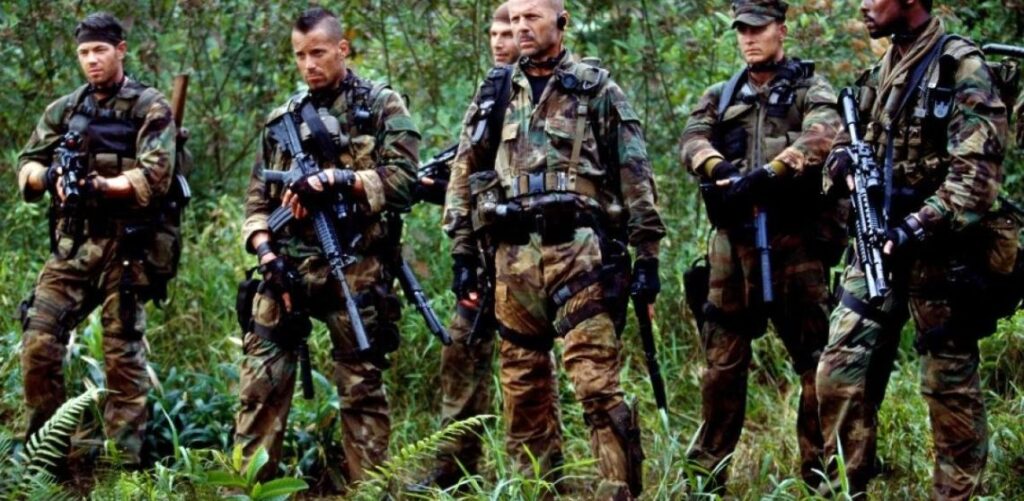
It’s no secret that Hollywood has a knack for getting the military wrong in war movies. Whether it’s diverging from reality in movies that are “based on a true story” or it’s pretending grenades create massive fireballs when they explode, the movie industry will always favor drama and spectacular visuals over realism… and to be totally honest, I’m cool with that.
Over the years, I’ve devoted a great deal of my professional life to analyzing the way narratives take shape in the public consciousness. I’ve dug into how different nations leverage media to affect public perceptions (I even wrote a book about it). I’ve explored the ways cultural touchstones like exchanging engagement rings manifested inorganically in corporate board rooms. I’ve even pointed out the ways World War II propaganda still shapes our dietary choices. That’s a long-winded way of saying that my professional interests have long been tied to exploring the undercurrent in mass communications, and further analyzing the ways that undercurrent can shape our perspectives of the world.
With the understanding that I’ve devoted so much of my time to exploring the narrative behind messaging, you can probably imagine that I can be a real party pooper when it comes to watching war movies. Like most vets, I get frustrated when I see uniforms worn incorrectly or when dialogue between service members feels forced or clunky… but unlike many vets, I also can’t help but look past the surface level messaging to try to figure out what filmmakers are trying to say with their choices in presentation.
Film, like any art form, is really an exercise in evoking emotion. When we really love a movie, it’s almost always because we loved the way the movie made us feel as we watched it. Whether we were excited by incredible action sequences or we were enraptured by a budding romance, it’s the experience, our experience, that we actually cherish. Good filmmakers know that, so they often choose to place a larger emphasis on creating an experience than they do on recreating a realistic event. Good movies aren’t good because they’re real–in other words–they’re good because the feelings they create are.
When a movie sucks, however, it’s usually because the director fails to evoke real emotions in the viewer. Bad filmmaking can be just as realistic or unrealistic as good filmmaking. Warner Brother’s famously bad “Green Lantern” movie, as a good example, is often made fun of for its use of an entirely CGI costume on Ryan Reynolds. You might think that’s because CGI costumes are just too unrealistic to be taken seriously… until you realize that most of the costumes you see in the wildly successful Marvel movies are entirely CGI as well. The difference isn’t that one is realistic while the other isn’t–the difference is that the Marvel Cinematic Universe is better at making you care about its characters. Iron Man’s CGI suit simply becomes set-dressing for the character that you’re emotionally invested in.
Marvel isn’t the only studio to get the feeling right, even when it gets facts or realism wrong. In fact, there are a number of war movies that manage the same feat.
Full Metal Jacket (the first half)
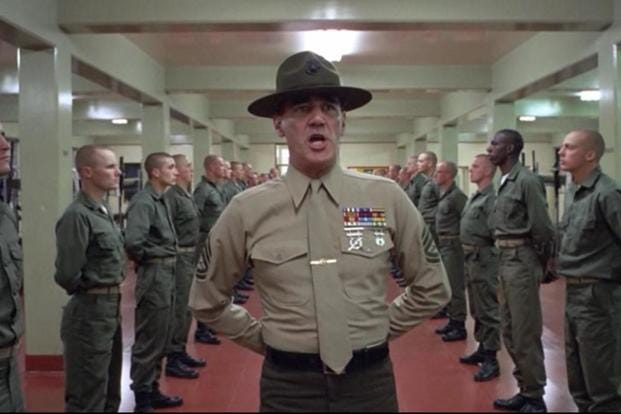
Marines, in particular, tend to hold the first half of Stanley Kubrick’s “Full Metal Jacket” in high esteem, and we tend to disregard the second half of the movie as an auteur opining about Vietnam (in a way that doesn’t leave the audience nearly as invested in the characters). Depending on who you ask, they’ll tell you that Marine recruit training is exactly like the movie or not like it at all–and that likely has a lot to do with individual experiences and feelings from one’s own time at the depots.
But whether you ever had to choke yourself with a drill instructor’s hand or not, most Marines feel a distinct kinship with J.T. “Joker” Davis’ platoon. It’s safe to say that most of us didn’t see a fellow recruit shoot our drill instructor in the bathroom (or head, as we call it), but that scene does capture something about recruit training that’s not easy to articulate. For many of us, Marine Recruit Training is the first place we’d ever been where violence is a commodity. We’re learning to fight, to kill, and when you begin broaching the subject in your mind, the experience can be jarring. I recall distinctly the first time I ever truly thought about taking another person’s life and what it would entail, and it was inside a squad bay just like the one you see in “Full Metal Jacket.”
The Hunt for Red October

If we’re grading war movies on realism, it would be tough to gloss over the fact that Sean Connery’s Marko Ramius is a Russian submarine captain that talks with a thick Scottish accent. But in terms of capturing the reality of the Cold War as a feeling, “Red October” hits the nail right on the head.
In real life, would we pull a CIA analyst out of his cubicle and drop him into the ocean to climb aboard a nuclear submarine hot on the tail of a rogue Russian captain? Probably not–but by doing so in the film, “The Hunt for Red October” effectively captured the sense of urgency, confusion, and distrust that characterized so much of the Cold War for both American and Soviet officials. Many defense initiatives in the U.S. were driven by concerns that the Soviet’s had developed a technological or strategic advantage, and in a real way, intelligent men and women like Jack Ryan devoted their entire lives to both offsetting those perceived capability gaps, and of course, to preventing nuclear war amid an international, nuclear-fueled, staring contest.
“The Hunt for Red October” may not be the most realistic exploration of Cold War tensions, but it expertly crafts the feeling that permeated the defense community throughout the conflict.
Jarhead
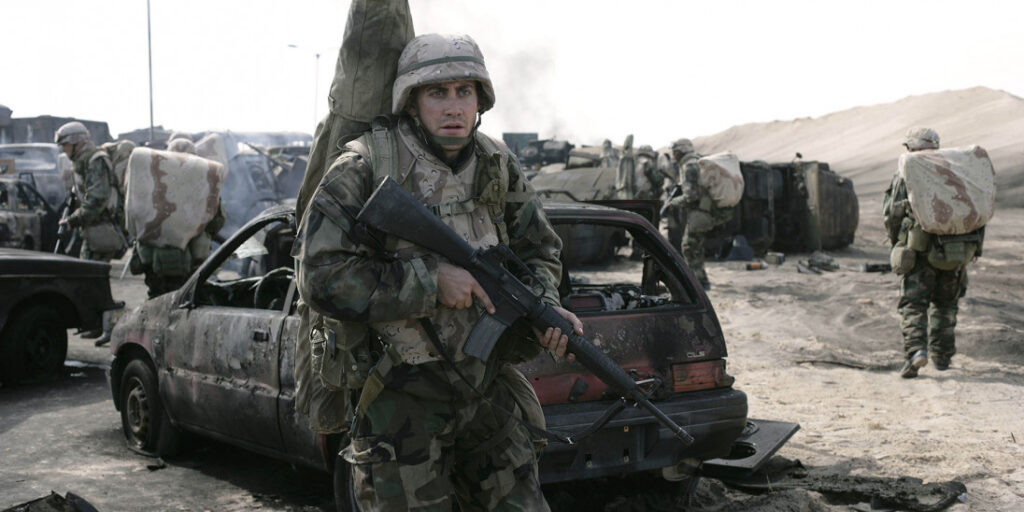
I won’t lie to you, I still take great issue with certain elements of “Jarhead” — specifically its depiction of Marines as singularly driven by the desire to take lives. However, as an exploration into the emotional ride that is Marine training and service, the desire to get a confirmed kill in “Jarhead’s” second act that I find so abrasive actually perfectly captures the feelings so many service members and veterans have about not seeing combat.
The vast majority of people in the military never take that “kill shot” “Jarhead’s” Anthony Swofford (Jake Gyllenhaal) is so focused on, and to be honest, lots of service members wouldn’t want to–but therein lies the point. “Jarhead” is a war movie that tells the story of training extensively for a job that you never get to do, and then returning to a world full of other people’s expectations that you know, inside your head, you’ll never amount to.
Lots of veterans find that they don’t feel “veteran enough” after their time in uniform is up. Maybe they didn’t see combat, or they didn’t see as much combat as others. Maybe their job had them mopping floors in Japan instead of kicking in doors in Iraq, or maybe they never left the wire during their time in the sandbox. Whatever the reason, many veterans (and even active service members) carry a chip on their shoulder created by society’s expectation that we all return home like John Rambo. The truth is, every veteran is veteran enough–but “Jarhead” does an excellent job of sharing that insecurity on film.
Tears of the Sun

This nearly forgotten 2003 action drama starred Bruce Willis as Lieutenant Waters, a U.S. Navy SEAL charged with leading his team into Nigeria to evacuate a U.S. citizen and medical doctor amid a bloody coup d’etat. When Waters and his SEAL team arrive, however, the doctor refuses to leave without the rest of the members of her small community who will likely be wiped out by rebel soldiers in the area.
What follows is a fairly unrealistic depiction of how military operations are carried out, complete with bloody last stand on the nation’s border in which many of the SEALs ultimately give their lives to protect the fleeing civilians. The movie is, to be honest, some pretty heavy handed American military propaganda (honestly, some of the best war movies are), but it’s precisely because of that arguably jingoistic idealism that this movie so effectively captures the feeling that drives so many of us to sign our enlistment papers.
Most folks in the military chose to join because of a combination of personal interest and idealism. We could use a good job, some help with college, and benefits for our families–but we also want to make a difference in the world. We want to help protect not just our nation’s people, but the ideals our nation represents. “Tears of the Sun” is a story about American service members giving up their lives to do what’s right, and because of that, it strikes the patriotic chord in many of us in a way that resonates deeply, even if the movie itself isn’t a masterclass in filmmaking.

Alex Hollings
Alex Hollings is a writer, dad, and Marine veteran.
Related to: Pop Culture

The A-12 Avenger II would’ve been America’s first real ‘stealth fighter’
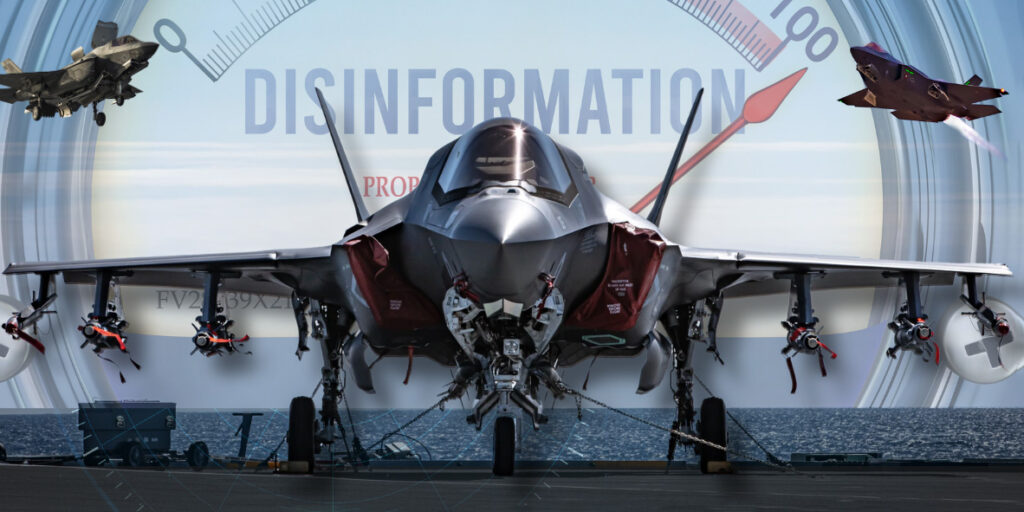
Why media coverage of the F-35 repeatedly misses the mark

It took more than stealth to make the F-117 Nighthawk a combat legend
